If you ask a person, "Where do you live?", he might name a house, an apartment, a street, or even a city. Perhaps a country. But it is unlikely that anyone would think of naming the continent on which he lives. Meanwhile, there are many countries on the continents, in which millions, and in some cases billions, of people live.
As with humans, there are dwarfs and giants among the continents, in terms of size. And if you want an answer to the question, which continent is the smallest in the world, we are happy to help you. Let's take a quick look at all the continents and take a closer look at the smallest one.
6. Eurasia - 53.6 million square kilometers
 It is the largest and most populated continent on Earth. It consists of two parts of the world - Europe and Asia.
It is the largest and most populated continent on Earth. It consists of two parts of the world - Europe and Asia.
- Asia occupies about 9 percent of the earth's surface. It is also the most populated part of the world on the planet. About 4.3 billion people live in Asia, making it a vital part of the world economy.
- Europe occupies 6.8 percent of the world's total land area. It is home to nearly 50 countries and is considered the world's third most populous continent after Asia and Africa. It is home to about 10% of the world's population.
5. Africa - about 30.3 million km² including islands
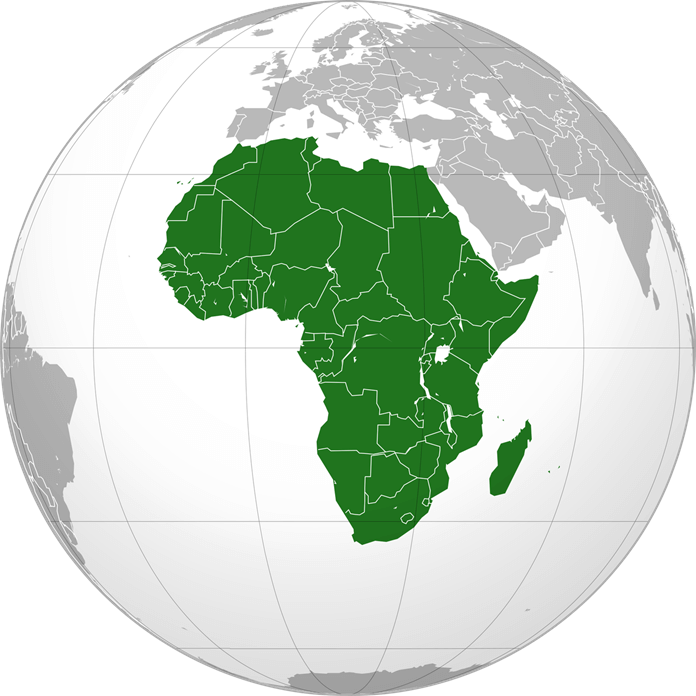 The second largest continent in the world, and also by population, Africa has 54 countries, with a combined population of about one billion people.
The second largest continent in the world, and also by population, Africa has 54 countries, with a combined population of about one billion people.
4. North America - 24.3 million km² including islands
 It is the third continent in the world by area and population. It is home to about 7.5% of the world's population (about 565 million people).
It is the third continent in the world by area and population. It is home to about 7.5% of the world's population (about 565 million people).
3. South America - 17.84 million km²
 The continent is home to the driest desert in the world, the Chilean Atacama, and the longest river in the world, the Amazon. South America is the fourth most populous continent.
The continent is home to the driest desert in the world, the Chilean Atacama, and the longest river in the world, the Amazon. South America is the fourth most populous continent.
2. Antarctica - 14.1 million km²
 The southernmost and least populated continent, Antarctica is also the coldest land in the world, and much of the continent is made up of glaciers.
The southernmost and least populated continent, Antarctica is also the coldest land in the world, and much of the continent is made up of glaciers.
1. Australia - 7.6 million km²
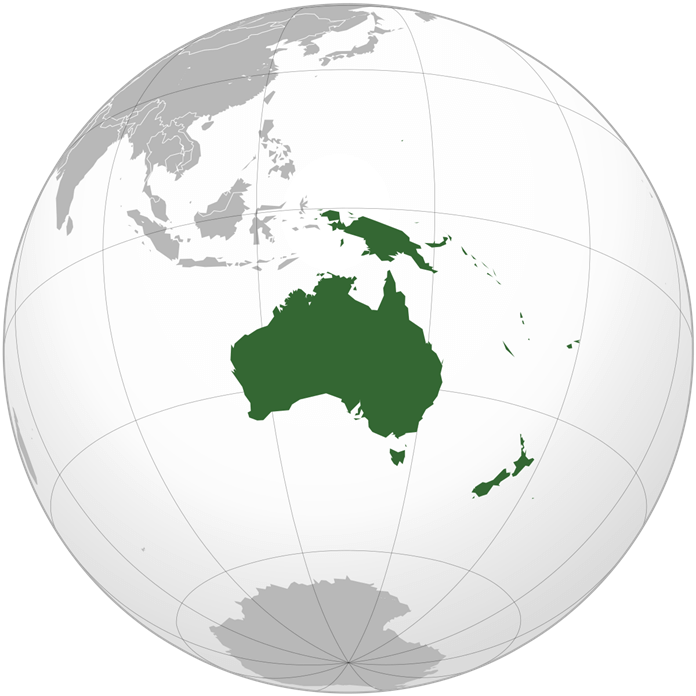 And here is the smallest continent on Earth by area. Its measurement includes both the main island and the surrounding islands, some of which belong to Oceania.
And here is the smallest continent on Earth by area. Its measurement includes both the main island and the surrounding islands, some of which belong to Oceania.
Australia is located in the Southern Hemisphere and is surrounded by the Indian Ocean and the Pacific Ocean. Due to its size and isolated location, the world's smallest continent is also called an island continent.
One thing Australia has a lot of is beaches. There are more than 10,000 of them. If you visited one Australian beach a day, it would take about 27 years to explore all 10,000 beaches. It’s no wonder that surfing and other water activities are so popular on this continent.
Features of the relief of Australia
 Plains are the dominant landform in Australia. It is the flattest continent, with relatively few mountain ranges given its size. However, Australia is the only continent in the world without an active volcano.
Plains are the dominant landform in Australia. It is the flattest continent, with relatively few mountain ranges given its size. However, Australia is the only continent in the world without an active volcano.
The highest mountain in Australia is Kosciuszko (or Kosciuszko) — only 2,228 meters. For comparison: the tenth highest mountain in Russia, named after Shota Rustaveli, reaches 4,860 meters. Kosciuszko is located in the Australian Alps, which are larger in size than the Swiss.
Climate features of Australia
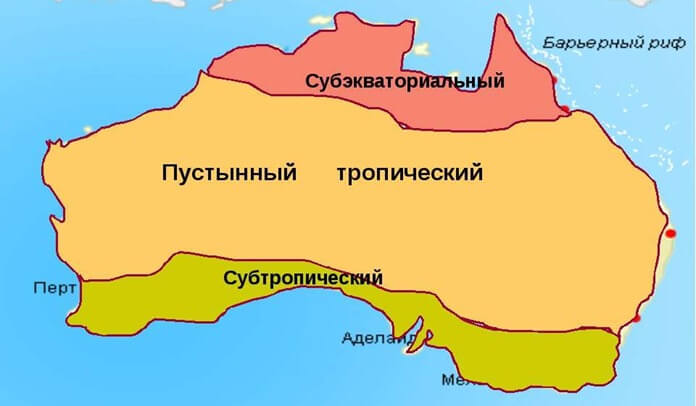 Australia is the driest of the six continents, with nearly 20 percent of its land classified as desert.
Australia is the driest of the six continents, with nearly 20 percent of its land classified as desert.
- And the hot tropical sun is to blame for all this, which especially strongly bakes the central regions of the country. In summer, the temperature there varies during the day from plus 35 to plus 40 degrees Celsius.
- And the coolest part of the country is the island of Tasmania. In summer days the air warms up to plus 20-22 degrees, and in winter it is 10 degrees colder.
- Australia's climate zones range from tropical rainforests, deserts and cool forests to snow-capped mountains.
These conditions gave rise to unique species of plants and animals that adapted to the dry climate, combined with highly variable precipitation.
Animal World of Australia
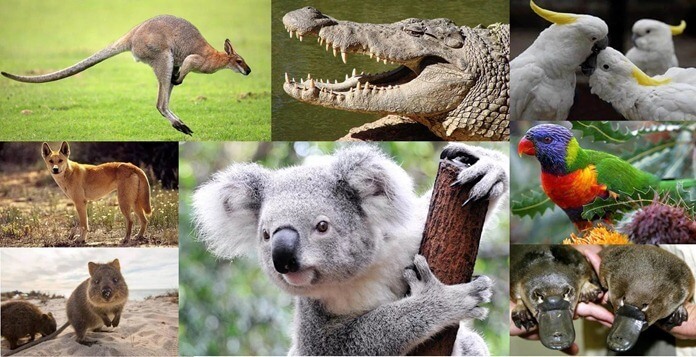 The continent boasts many of the most dangerous and exotic creatures outside of the Amazon rainforest in South America. For example, Australia is home to two of the world's most venomous snakes, about 1,500 types of spiders, 4,000 species of ants, and 350 types of termites.
The continent boasts many of the most dangerous and exotic creatures outside of the Amazon rainforest in South America. For example, Australia is home to two of the world's most venomous snakes, about 1,500 types of spiders, 4,000 species of ants, and 350 types of termites.
When it comes to the animal world of Australia, the first thing that comes to mind is kangaroos. According to some data, the total number of these marsupials is almost 50 million individuals. This means that there are more kangaroos in Australia than people.
Although some scientists declared the Great Barrier Reef dead back in 2016, the world's largest coral reef is still alive. However, it needs to be protected from pollution and other problems facing the world's oceans. Imagine a reef so big that it can be seen from space.
How small is Australia in area and population?
 In terms of land area, the Australian continent is undoubtedly the smallest continent in the world. Even small Europe is 2.4 million km² larger.
In terms of land area, the Australian continent is undoubtedly the smallest continent in the world. Even small Europe is 2.4 million km² larger.
- Scientists have calculated that the smallest continent on Earth could fit into the territory of Russia twice.
- When it comes to population, Australia is technically the second smallest continent. And if we exclude Antarctica, Australia is the least populated continent.
- As of 2018, the Australian population is over 25 million.
Australia is an island because it is surrounded by water, but it is also large enough to be considered a continent. However, Australia is not officially the largest island in the world, that title goes to Greenland.
However, Australia is also the largest country without land borders. And Australia's largest city (but not the capital) is Sydney, which covers an area of 12,144.6 km² and is among the top ten largest cities in the world by area.
Relationship of Australia with Oceania
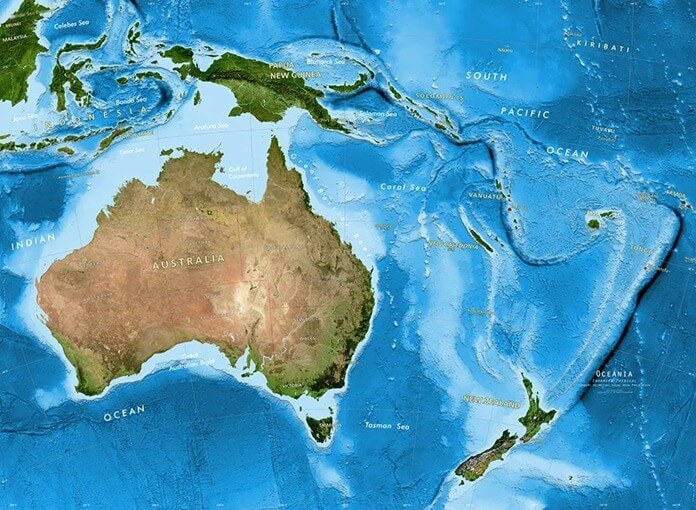 Quite often, when referring to the South Pacific region where Australia is located, people will use the term "Australia and Oceania" rather than separate the two. However, both are true.
Quite often, when referring to the South Pacific region where Australia is located, people will use the term "Australia and Oceania" rather than separate the two. However, both are true.
- Oceania is a Pacific region consisting of many small islands and atolls. The conventional western border of Oceania runs along New Guinea, and the eastern border runs along Easter Island.
- Usually Australia and Oceania are combined into a single part of the world if it is necessary to divide the entire land mass into parts of the world.
- However, sometimes Oceania is considered an independent part of the world. In regional studies, there is even an independent discipline called "oceanistics", which studies Oceania.
- If we talk specifically about the continents, then Oceania has no chance; it is always classified as Australia.

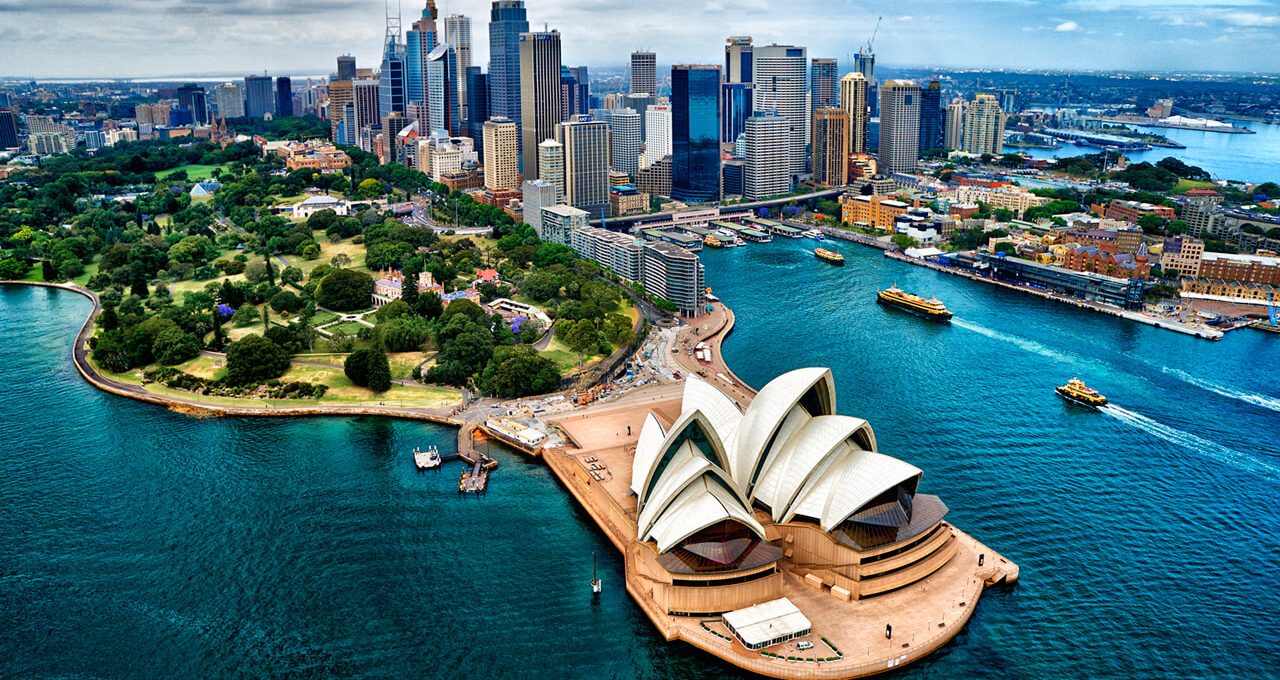




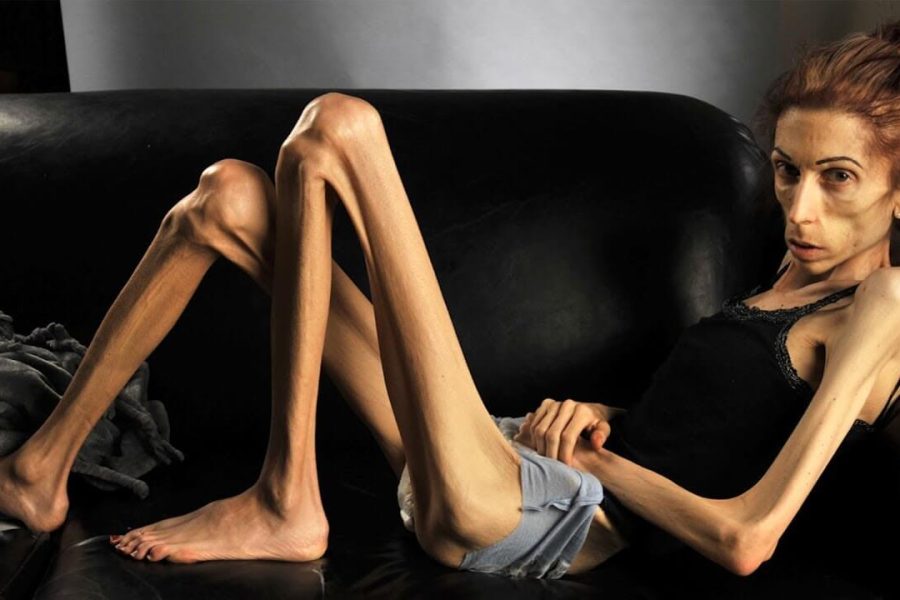



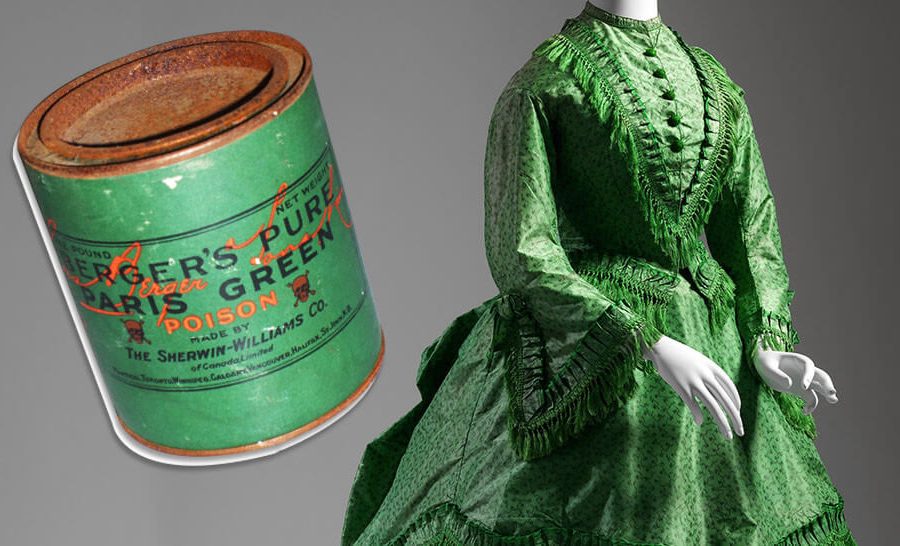



Оставить Комментарий